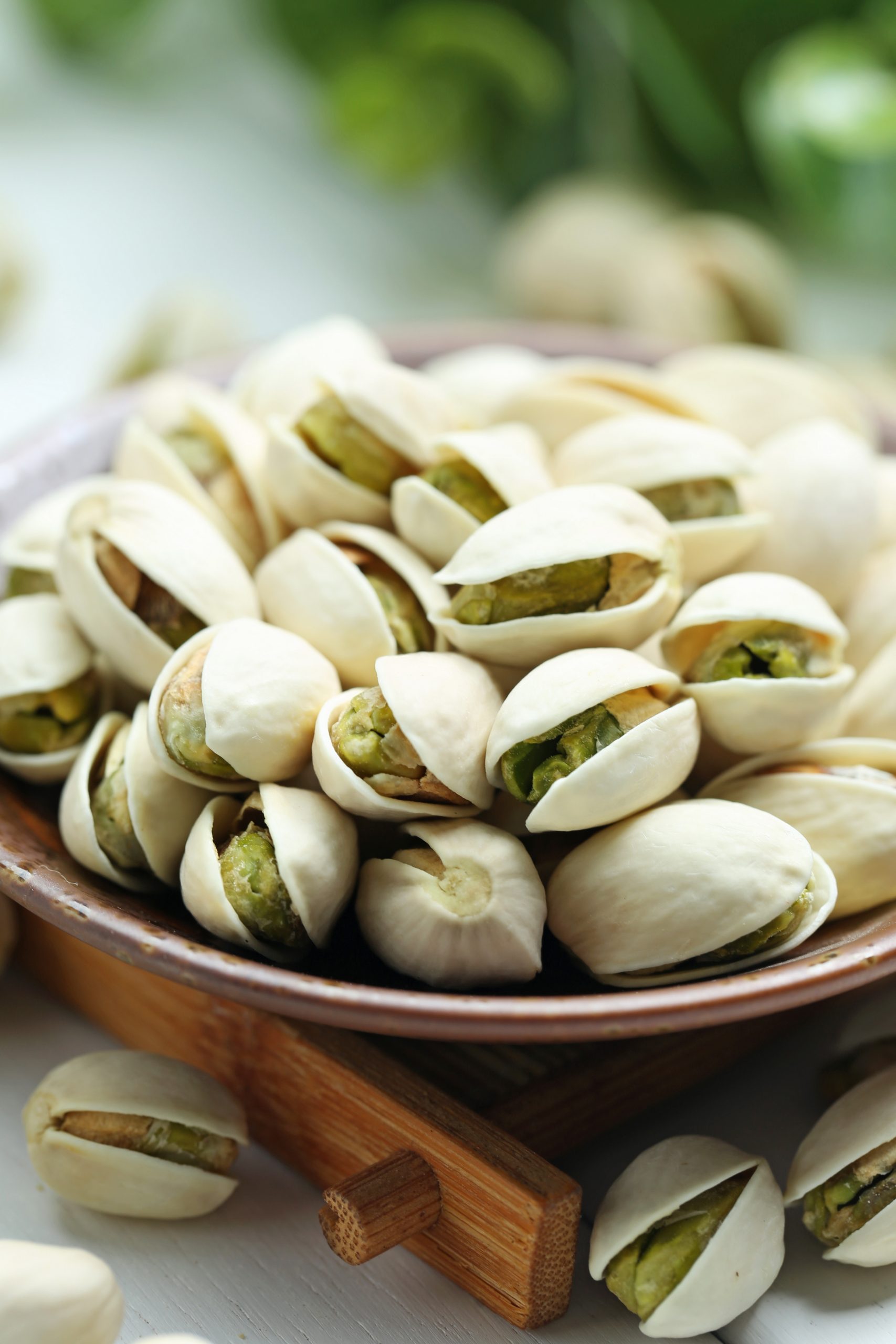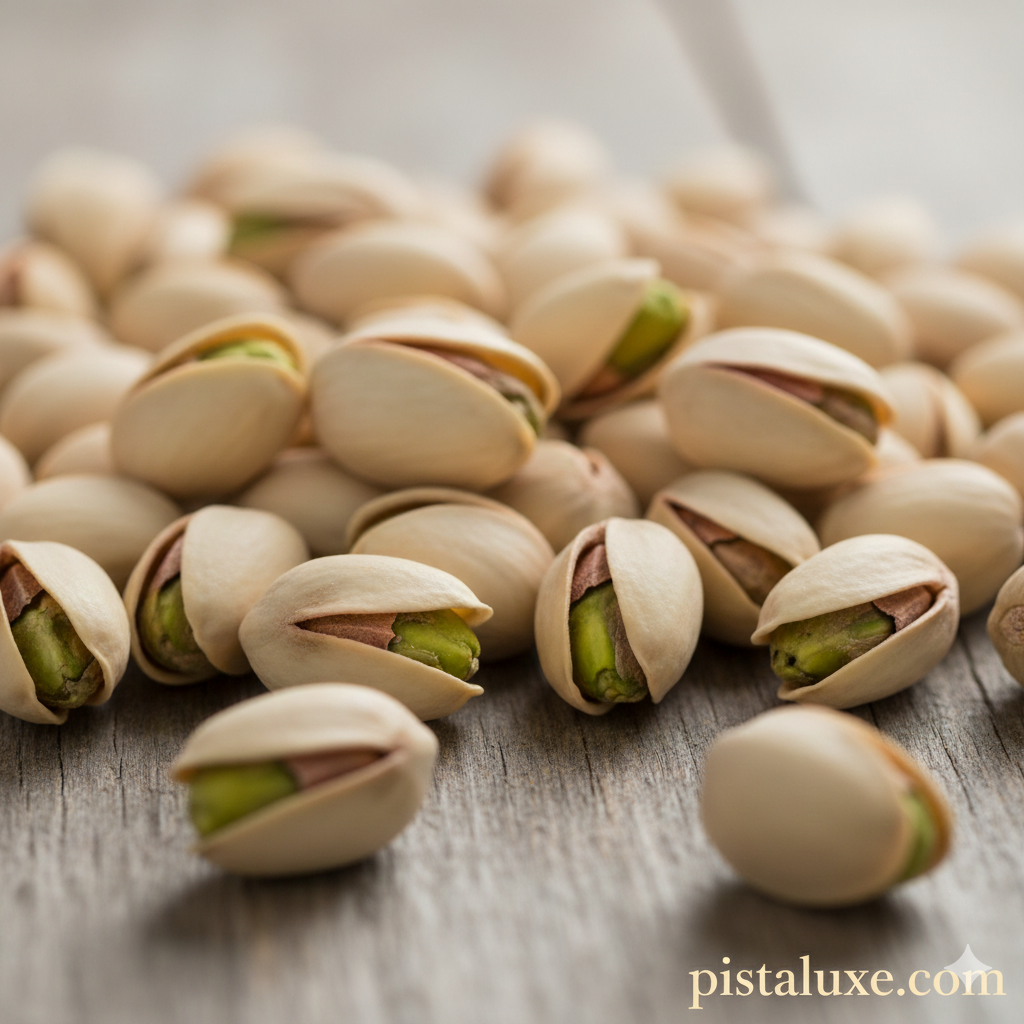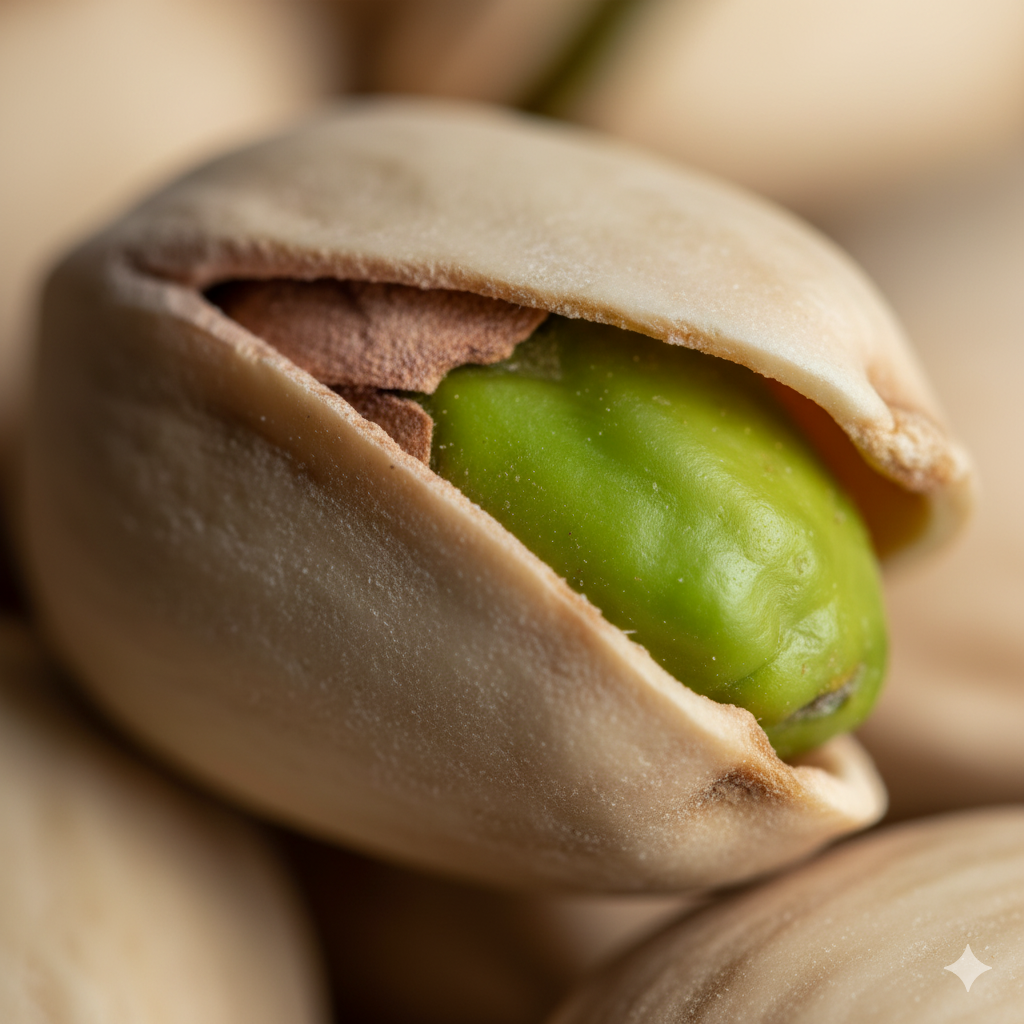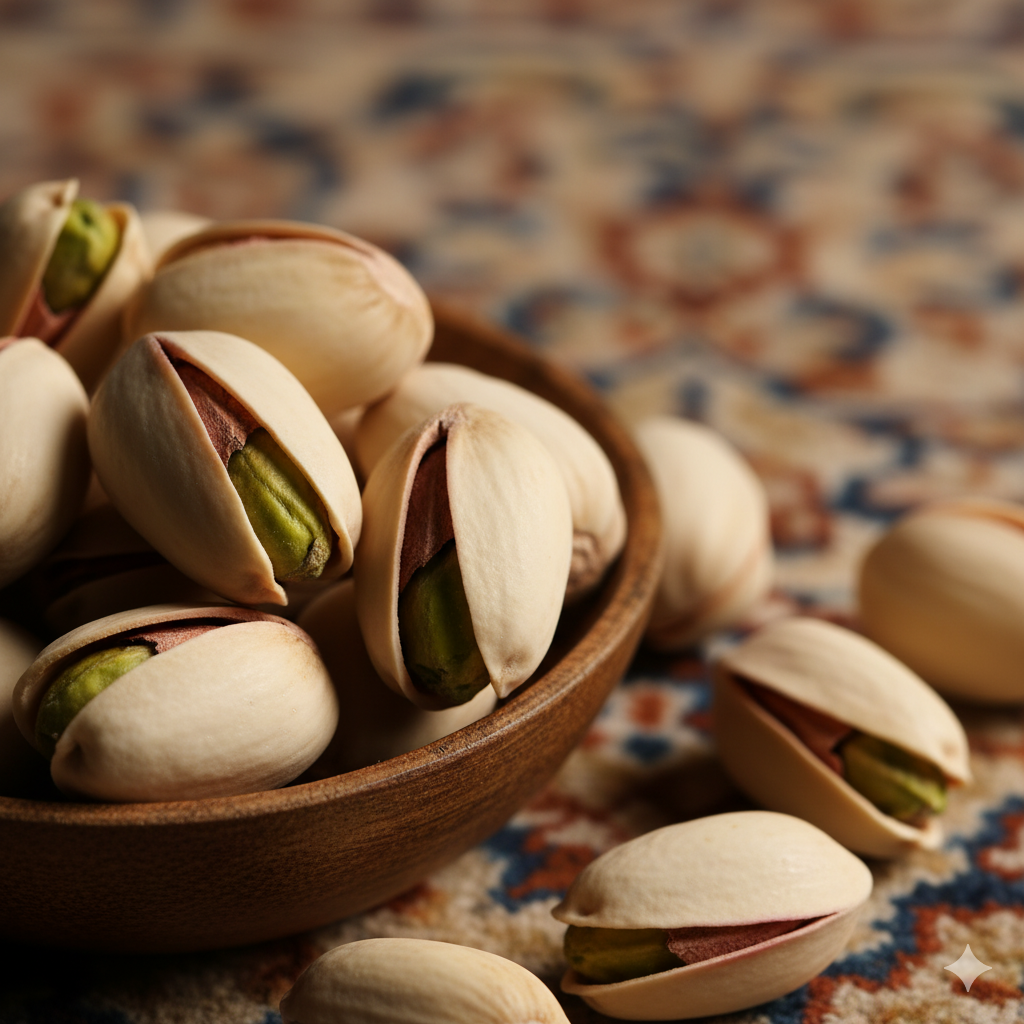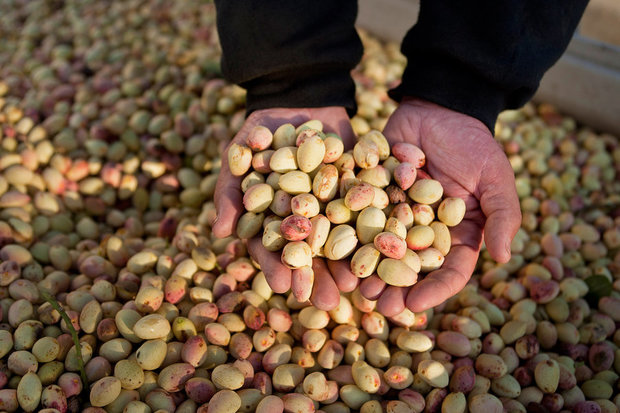
Introduction
Pistachio orchards, valuable agricultural assets, face numerous challenges from pests and diseases. Traditional pest control methods often rely heavily on synthetic pesticides, which can lead to environmental concerns, pest resistance, and health hazards. Integrated Pest Management (IPM) offers a sustainable and environmentally friendly approach to managing pests in pistachio orchards. This article explores the principles and practical strategies of IPM tailored for pistachio cultivation.
What is Integrated Pest Management (IPM)?
IPM is a holistic approach that combines various control methods to manage pests effectively while minimizing environmental impact. It emphasizes monitoring, threshold-based interventions, and the use of multiple tactics to suppress pest populations. The core principles of IPM include:
- Monitoring and Identification: Regularly monitor orchards to identify pests and assess population levels. Accurate identification is crucial for selecting appropriate control measures.
- Economic Thresholds: Implement control measures only when pest populations reach levels that could cause significant economic damage.
- Integrated Control Tactics: Utilize a combination of biological, cultural, physical, and chemical control methods.
- Prevention: Implement preventive measures to minimize pest outbreaks.
- Evaluation: Continuously evaluate the effectiveness of IPM strategies and make adjustments as needed.
Key IPM Strategies for Pistachio Orchards
- Cultural Practices:
- Sanitation: Remove fallen nuts, leaves, and debris to eliminate overwintering sites for pests and pathogens.
- Pruning: Promote airflow within the canopy to reduce humidity and disease incidence.
- Water Management: Avoid over-irrigation, which can create favorable conditions for fungal diseases.
- Soil Health: Maintain healthy soil to improve tree vigor and resistance to pests and diseases.
- Biological Control:
- Beneficial Insects: Introduce or conserve natural enemies such as parasitic wasps, lacewings, and lady beetles to control pests like aphids and mites.
- Microbial Control: Use microbial pesticides based on Bacillus thuringiensis (Bt) or other beneficial microorganisms to target specific pests.
- Physical and Mechanical Controls:
- Trapping: Use pheromone traps to monitor and capture pests like navel orangeworm (NOW).
- Barriers: Install physical barriers such as tree wraps to prevent trunk-boring insects.
- Hand Removal: Manually remove pests from trees when feasible.
- Chemical Control:
- Selective Pesticides: Use pesticides that are specific to the target pest and have minimal impact on non-target organisms.
- Reduced-Risk Pesticides: Opt for pesticides with lower toxicity and shorter residual activity.
- Proper Timing: Apply pesticides at the most effective stage of the pest’s life cycle to minimize the number of applications.
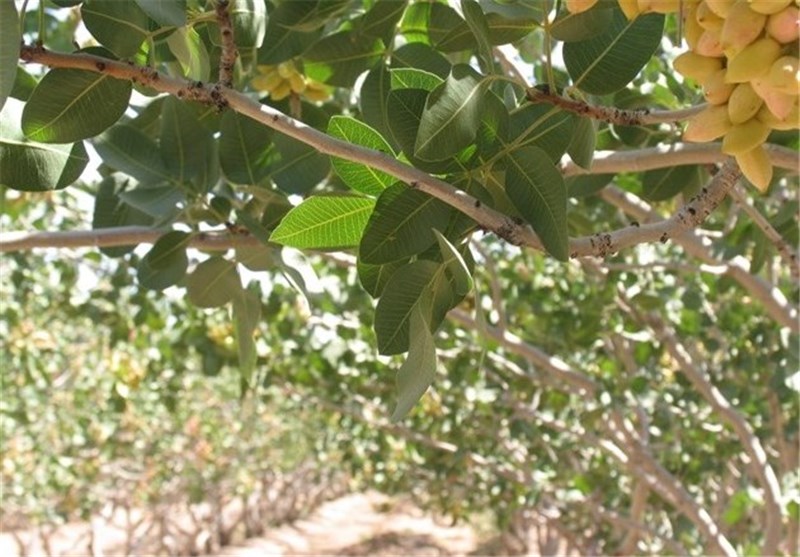
- Monitoring and Forecasting:
- Weather Data: Use weather data to predict pest outbreaks and optimize timing of control measures.
- Pest Models: Utilize pest forecasting models to anticipate pest pressures and make informed decisions.
Case Study: Implementing IPM for Navel Orangeworm (NOW)
The navel orangeworm (NOW) is a major pest of pistachios. An IPM approach to managing NOW involves:
- Monitoring: Use pheromone traps to monitor NOW populations.
- Sanitation: Remove mummy nuts from trees and the orchard floor to eliminate overwintering sites.
- Mating Disruption: Use pheromone dispensers to disrupt NOW mating.
- Biological Control: Encourage natural enemies such as parasitic wasps.
- Chemical Control: Apply selective insecticides at key developmental stages, based on trap catches and degree-day models.
Benefits of IPM in Pistachio Orchards
- Reduced Pesticide Use: Minimizes the reliance on synthetic pesticides, reducing environmental impact and health risks.
- Enhanced Sustainability: Promotes long-term ecological balance and reduces the development of pest resistance.
- Improved Crop Quality: Helps maintain crop health and quality by reducing pest damage.
- Cost-Effectiveness: Can reduce overall pest control costs by optimizing the timing and selection of control measures.
Conclusion
Integrated Pest Management offers a comprehensive and sustainable approach to managing pests in pistachio orchards. By integrating cultural, biological, physical, and chemical control methods, growers can minimize pesticide use, protect the environment, and ensure the long-term health and productivity of their orchards. Embracing IPM principles is essential for the sustainable cultivation of pistachios in the face of increasing pest pressures and environmental concerns.
WhatsApp contact number of Mr. Ravanshad for buying mail and dry goods 00989214773705


